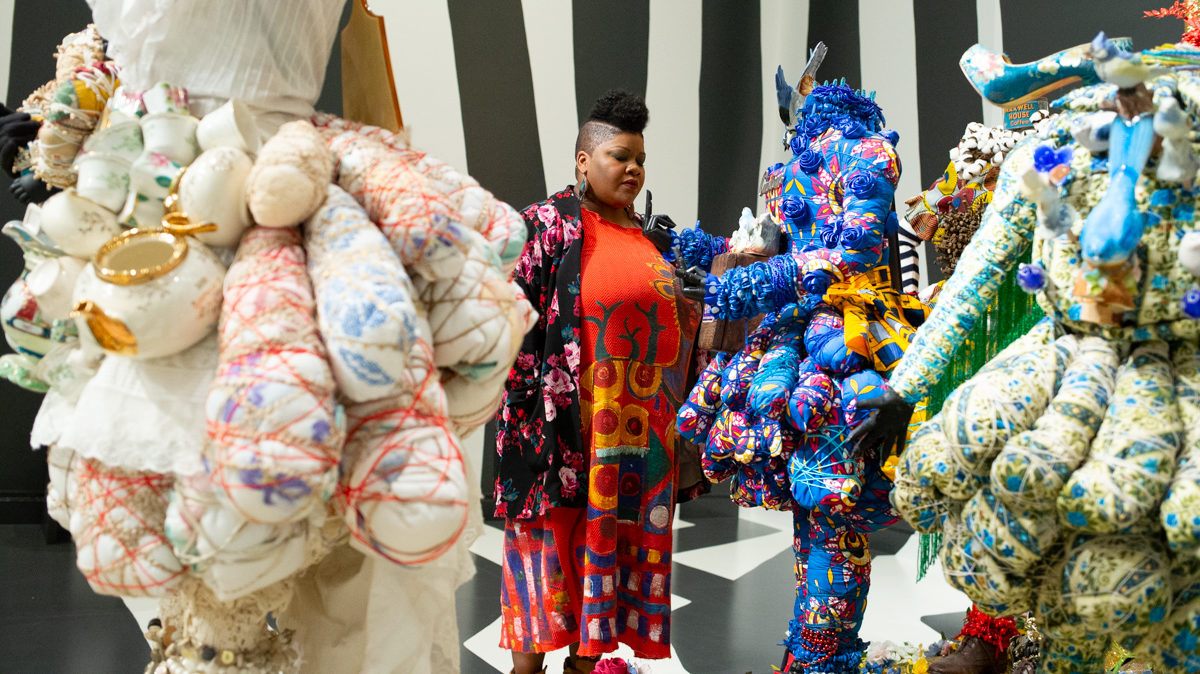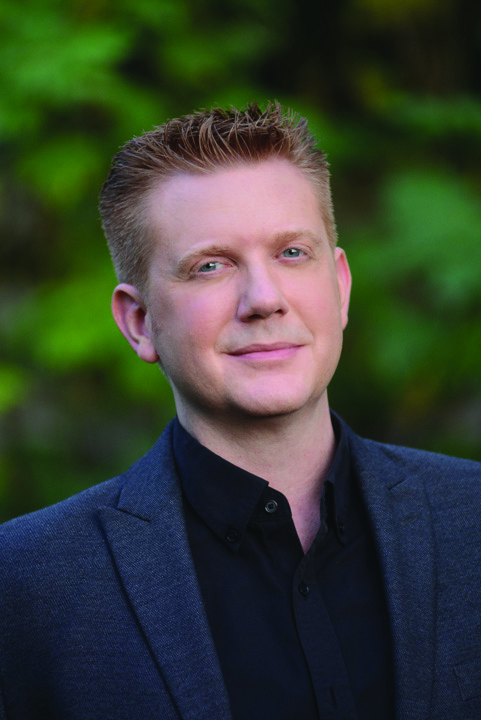
I realized last summer that after twenty years in the museum field, I felt deeply frustrated.
When I enrolled in my first museum studies classes in the late 1990s, there were audible and inspiring calls to increase diversity in museums. However, according to recent stories citing dismal statistics, little has concretely changed since then. The data from the largest museums shows that tackling homogeneity and promoting inclusivity has only made incremental progress in museum exhibitions, collections, programming, and staffing. There are many reasons for this but, in my view, a major obstacle is the absence of actionable goals against which museums and museum leadership judge ourselves.
As a relatively new museum director at a thought-leading university, with a truly remarkable group of colleagues to collaborate with, I felt the Fralin Museum of Art needed to enact meaningful change. That’s what led us to announce a new, specific commitment to enrich our exhibition landscape by presenting underrepresented artists.
I should mention that two other factors—both personal and collective—weighed heavily on my consciousness:
- Global creative cultures, in all their abundance and multiplicity, opened their doors to me during many wonderful childhood visits to museums. As a member of the LGBTQ+ community who understands the importance that visibility has played in my own life, I feel a responsibility to embrace inclusion and welcome diversity in all its forms on a significant scale. If we truly believe that museums should be welcoming to all, then we must ensure that the art and artists represented in these vital public spaces reflect that principle.
- In August 2017, just months after I started as Director at the Fralin, Charlottesville, the University of Virginia, and the nation were rocked by tragedy. A white nationalist rally led to violence and death. The very core of what the public university stands for was attacked. The foundational reassessment of our community’s values, and the critical role that art and museums can play in healing and processing the aftermath of human conflict, has led to countless reflective conversations throughout the museum and across the university.
The upshot: The Fralin Museum of Art recently announced that historically underrepresented artists will make up half of our exhibited work every year. We define underrepresented artists broadly—to include those with diverse racial, ethnic, gender, sexual orientation, Indigenous, disability/ability, socioeconomic, geographic, religious, and/or age identities.
This commitment comes out of the museum’s recent strategic planning process, which included numerous insights and contributions from the museum’s concentric communities, advisory board, and staff. Our new strategic plan, which is enthusiastically backed by UVA’s leadership and its Office for Equal Opportunity and Civil Rights, will guide the museum’s activities and initiatives through 2025.
I believe that the Fralin is ideally positioned to make a difference. The heart of our mission is to enhance visitors’ understanding of world cultures throughout history —our own, and those less familiar—through the study of art and partnering with knowledge holders across global perspectives. Academic museums can contribute to and lead such critical conversations, because we are nested within a setting that welcomes complex dialogue and embraces diversity, equity, accessibility, and inclusion (DEAI).
The University of Virginia has a complicated history, and is doing important work to openly address it among all of its constituencies. As a significant part of that dialogue, The Fralin aims to give a platform to previously unheard voices and doesn’t shy away from fostering healthy debate. Only through considering and disseminating the full scope of the past can understanding and empathy begin. With UVA students always considered our primary audience, leading by example is a responsibility we take very seriously.
In discussing this diversity statement with key stakeholders over the last several months, I have noted that it does not mean anyone loses a place at the table. Quite simply, more chairs are being added and the conversation is becoming more dynamic.
It is in this future-facing spirit that we hold ourselves accountable. Good intentions are laudable, but for change to take place as an institution we needed a quantifiable metric.
Without a goal against which we measure ourselves and by which our audiences hold us accountable, it’s impossible to get from here to there.
Our target of “at least half” of our exhibitions focusing on underrepresented artists is supported by the breadth of our collection. We are beginning to track important metrics such as key information about the artists and the number of artworks by underrepresented artists featured in each exhibition. This work carries through to an assessment of our institutional records and the way art and artists are recorded in our database—work many of our museum peers are also involved in. These numbers are not meant to act as a quota but rather to inform our exhibition planning and the stories we tell through our permanent collection and helps us create a well-rounded schedule of visiting artists and works we bring to the museum.
Well before our 2020-25 strategic plan kicked in, the Fralin had been making valuable inroads on several fronts.
Recent projects have included:
- An installation and residency by contemporary artist Vanessa German
- An examination of LGBTQ+ art and culture from the collection organized around the fiftieth anniversary of the Stonewall uprising
- An exhibition of contemporary Native American artists responding to historic Native art in the collection
Through a partnership with The Mellon Foundation and colleagues across the university, we have welcomed a number of visiting Indigenous American artists to The Fralin. And in 2020 we’re excited to present The Inside World: Contemporary Aboriginal Australian Memorial Poles, a collaboration with UVA’s Kluge-Ruhe Aboriginal Art Collection.
The focus on works exhibited at the museum also affects how we think about growing our collection. Major works by leading artists Zanele Muholi, Martine Gutierrez, Suzanne McClelland, Rick Bartow, Debbie Clashin, and Cara Romero have been added to the collection in recent years.
These are early days and first steps. One related objective, which is part of the museum’s longer-term plan, is to develop a more inclusive and diverse advisory board. At the Fralin we envision this pledge to be held in perpetuity, an ongoing cultural shift for everyone involved in the museum’s governance. Through this work we will continue to be mindful that diversity is a step toward equity but not the final step; we want this to be a catalyst for larger institutional change.
Championing diversity and putting metrics into practice is obviously much larger than one institution or goal. But we hope that the ripple effect will positively impact and activate our university community, our region, and our colleagues around the country.
About the author:
Matthew McLendon, PhD, an art historian and curator of modern and contemporary art, became the director and chief curator of The Fralin Museum of Art at the University of Virginia in 2017. An energetic and influential leader, McLendon is widely recognized for his cross-disciplinary curatorial practice, an emphasis on community engagement and education, and activating marginalized voices in the museum setting. Before coming to The Fralin, McLendon was recruited in 2010 by The John and Mable Ringling Museum of Art, the State Art Museum of Florida under the aegis of Florida State University, to revive its dormant modern and contemporary program.








